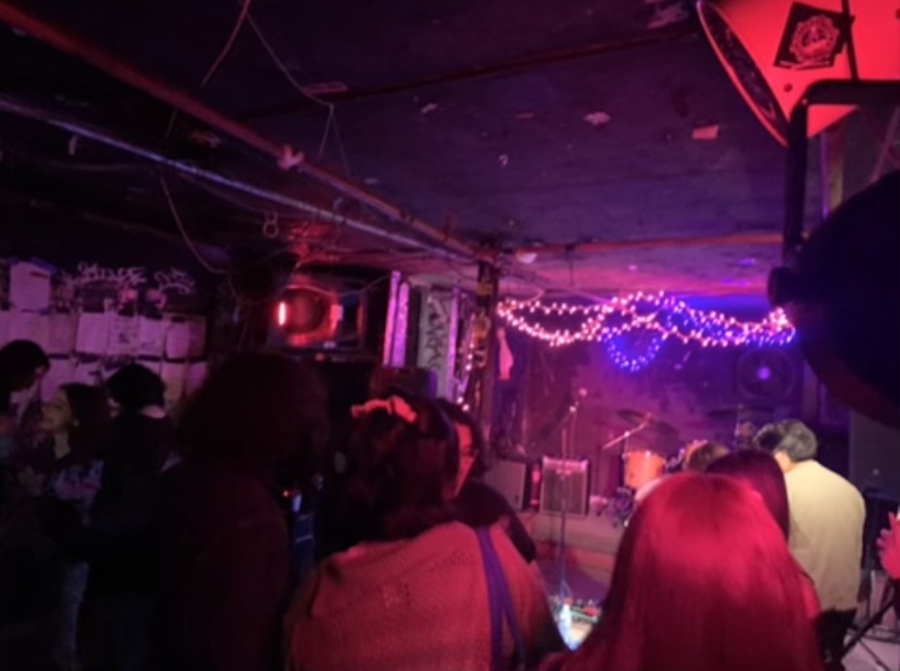… And Justice for All: Racism In Metal
Photo of The Meatlocker in Montclair New Jersey.
December 14, 2022
Heavy metal started in the early 70s and since then, has gained a cult following. Bands like Black Sabbath, Slayer, and Motorhead have influenced many musicians and bands later come down the line. Throughout its history, the genre has been predominantly white. Whether it’s the bands playing or the fans listening, there aren’t many minorities. This puts the minorities who do listen to metal in a tough spot because some of these bands or fans spread hate speech or insensitive remarks.
An example of this is Pantera. Pantera was formed in 1981 and are from the deep south of Arlington, Texas. They were one of the most popular bands of the 90s because of their heavy lyrics and grooves that reinvented the metal genre. One of the group’s gimmicks is their love for Texas and the south.
For the tour of their 1996 album, The Great Southern Trendkill, the band would sell merchandise with the confederate flag on it. The band’s guitarist, the late Dimebag Darrell would also use a custom guitar with the Confederate flag as a decal throughout the tour. There wasn’t any backlash for this, and Great Southern Trendkill became Pantera’s fourth best-selling album selling over a million copies.
The album is a fan favorite from the group, with songs from the album appearing in both the kids’ cartoon SpongeBob SquarePants, and the English dub of the 1993 film Dragon Ball Z: Broly. I interviewed Montclair Highschool student and long-time metal fan, Liana Padillo for her thoughts.
“I don’t have any thoughts on their use of the Confederate flag besides that it is distasteful. I personally cannot stop anyone from using that flag or not,” Padillo said. “I feel like as long as they’re not being actively racist and actively or intentionally hurting someone or a group of people, then I don’t have a personal issue with them. I also think that one can still appreciate music without supporting the artist especially if the music/content is good.”
Another example of racism in the scene is the National Socialist Black Metal in Germany. NSBM is a political subgenre of metal that started around the early 90s. The genre has themes of fascism, satanism, and ethnic European paganism. The project Burzum, specifically the creator, Varg Vikernes has been sighted as being one of the pioneers of the genre.
Vikernes has been no stranger to controversy though, as in 1992 he and other members of the NBSM community were suspected of burning down four Christian Churches in Norway. Vikernes has denied these claims but does support the burning of the churches. He has also been on record many times to embrace Nazism and oppose Judaism, Christianity, and Islam.
I asked local musician Bruce Cleveland for his thoughts on at what point crosses the line to listen to a controversial artist. “ I think that if the artist is promoting antisemitism then that causes harm to Jewish people. People shouldn’t support the artist because the artist is urging antisemitism,” Cleveland said.
As time moves on, the metal community seems to be more accepting, NBSM still exists but in private venues in Germany with no audio or video recording due to Germany’s strict laws on hate speech. Many other places throughout the world have been drawn to heavy metal such as Brazil, Italy, and Mexico. And the genre isn’t dying anytime soon.


Mariyah • Dec 24, 2022 at 8:36 pm
I love metal and this taught me a lot about it, I had no idea about some of this. Great article for real.